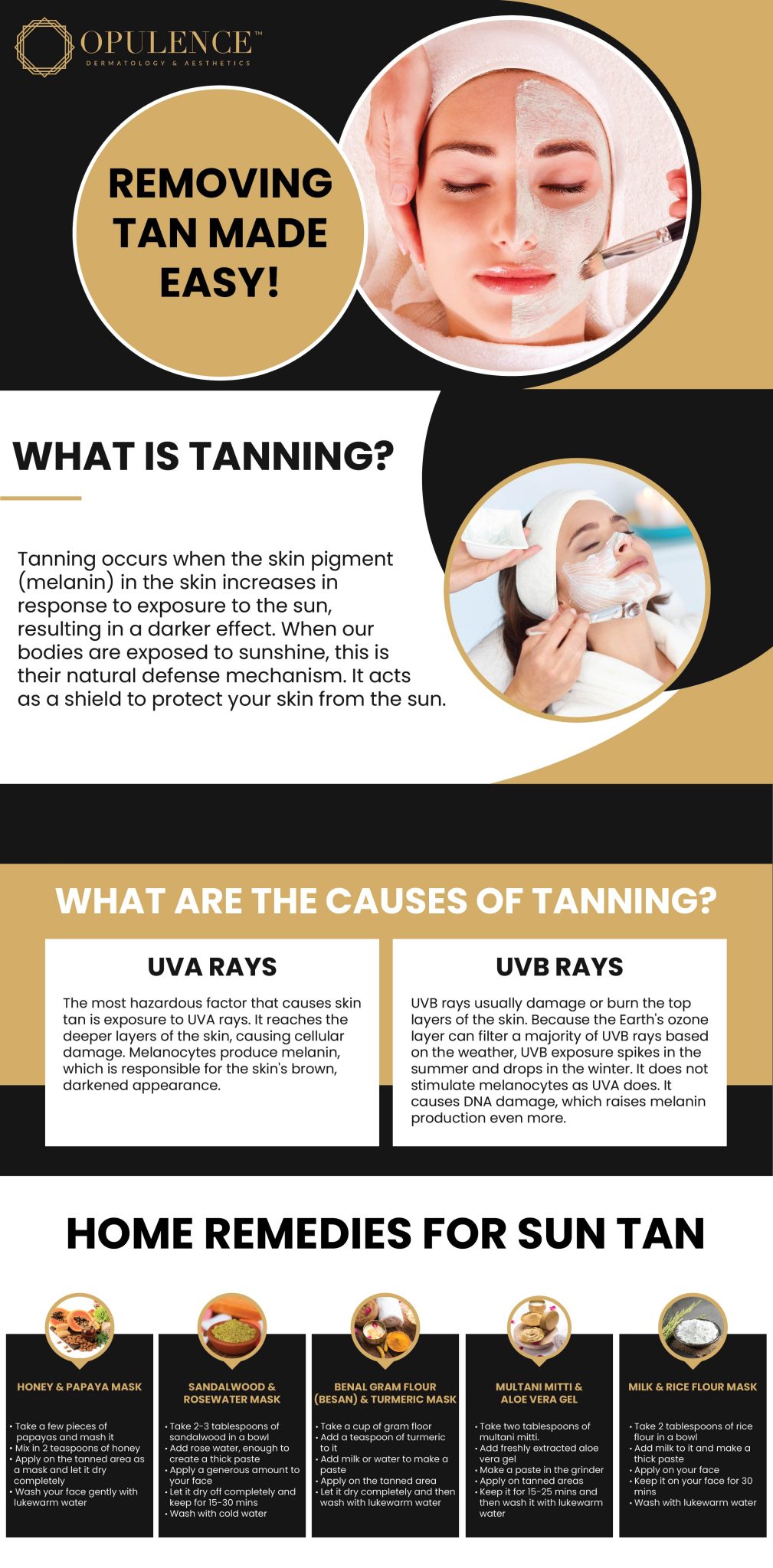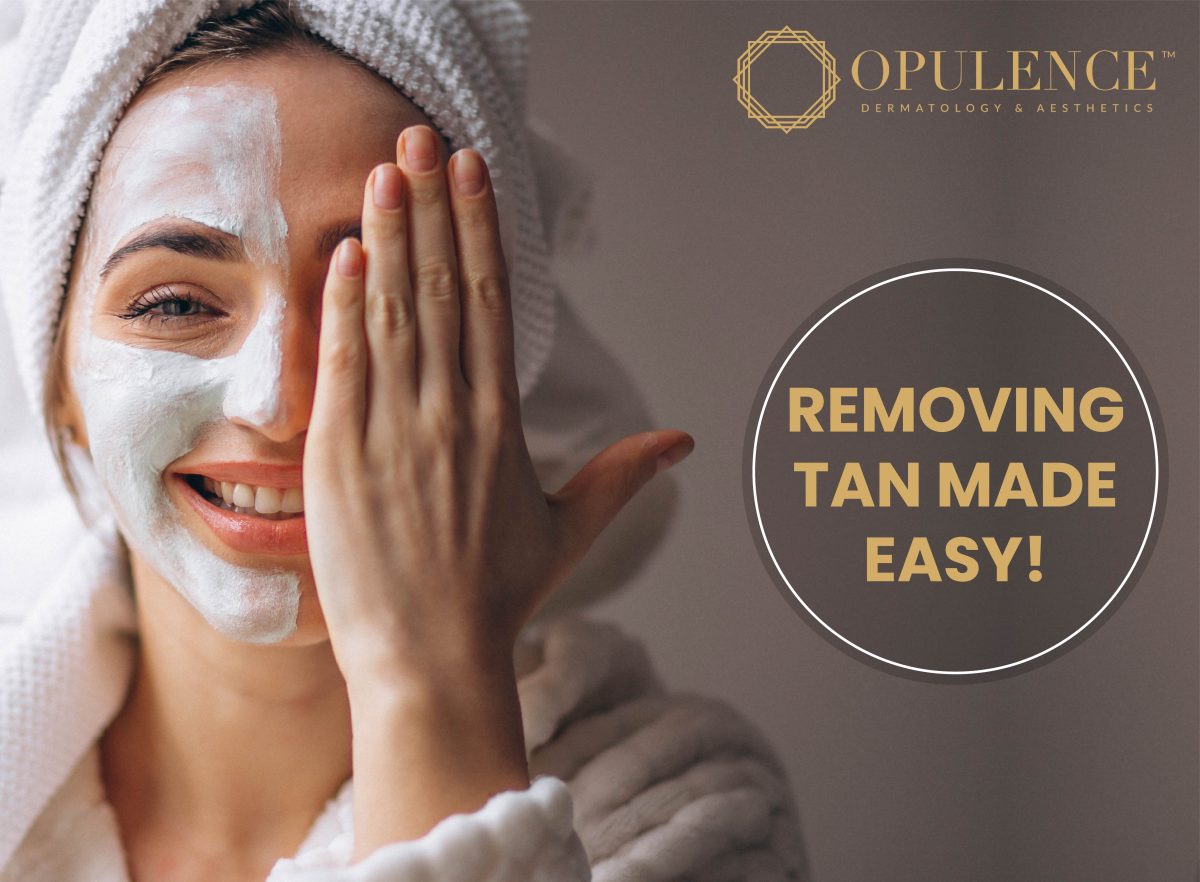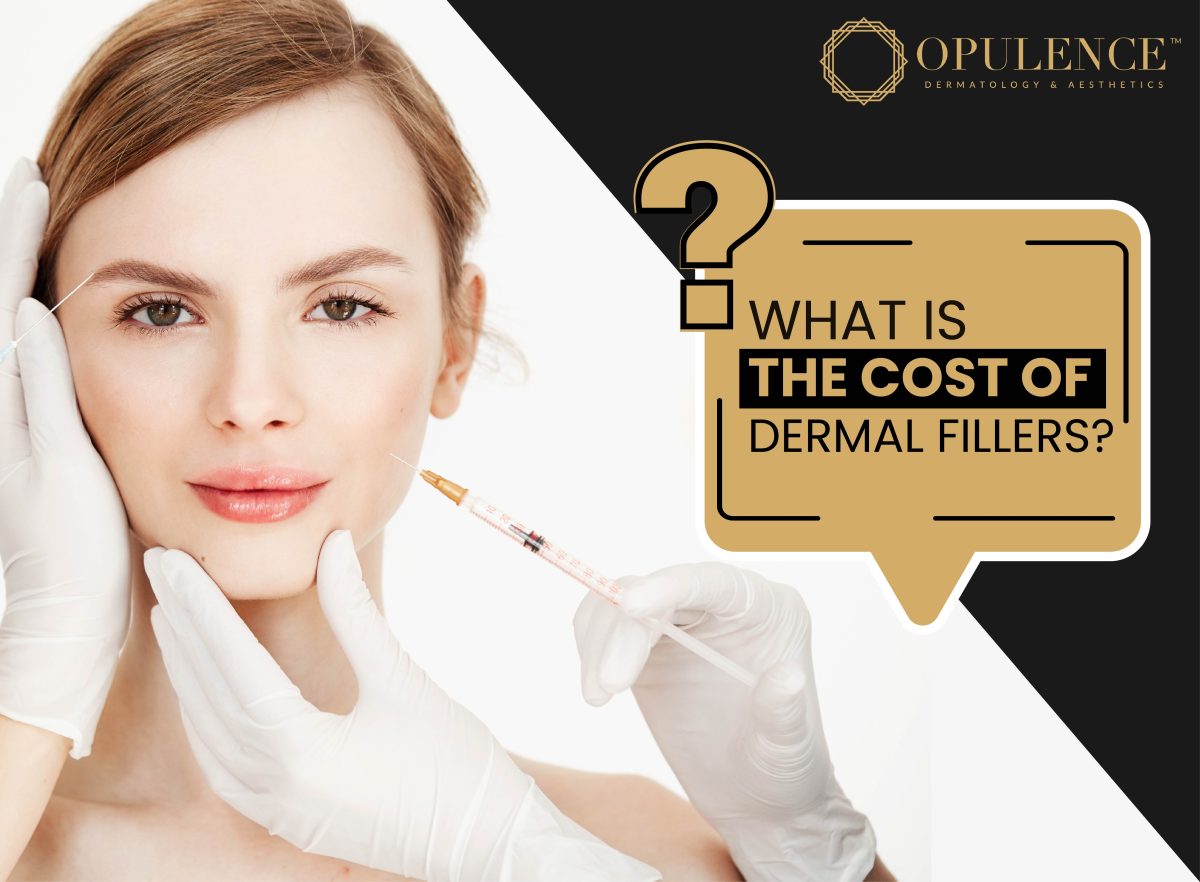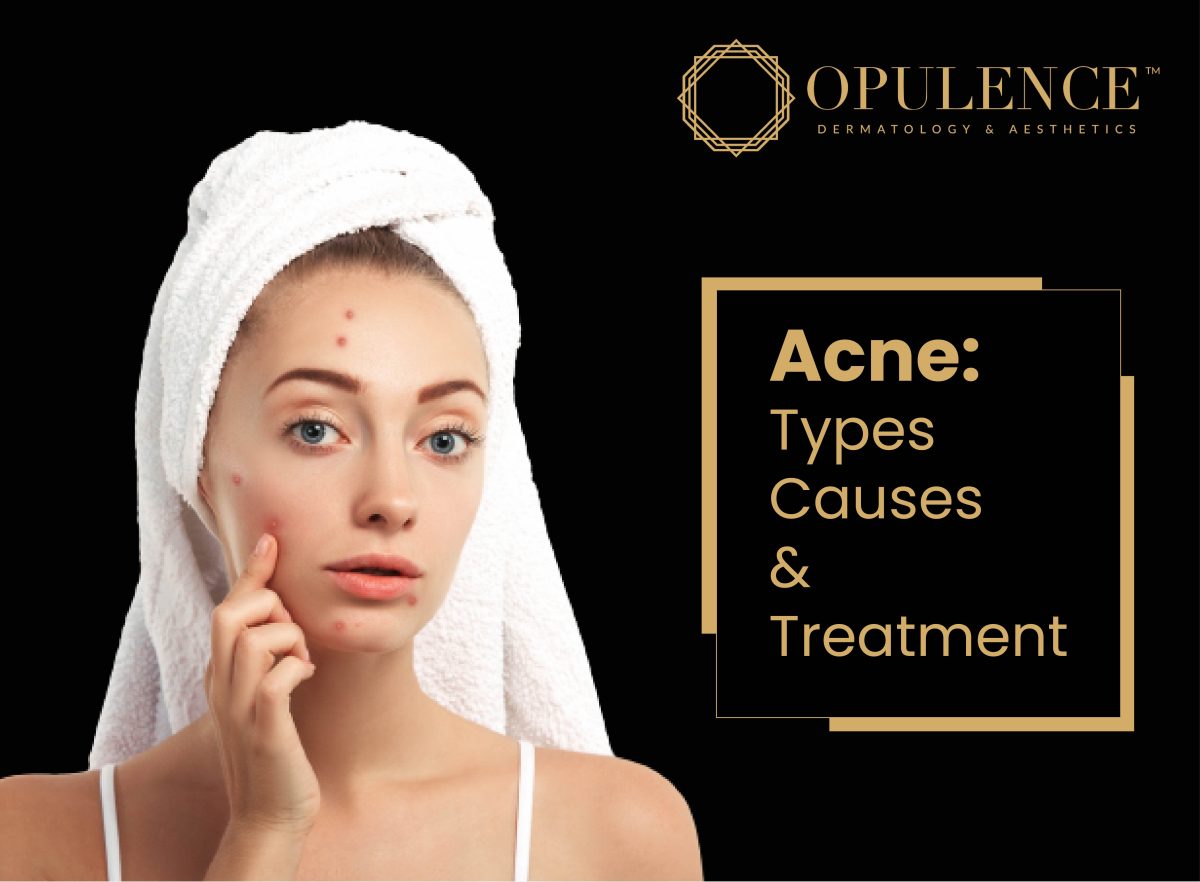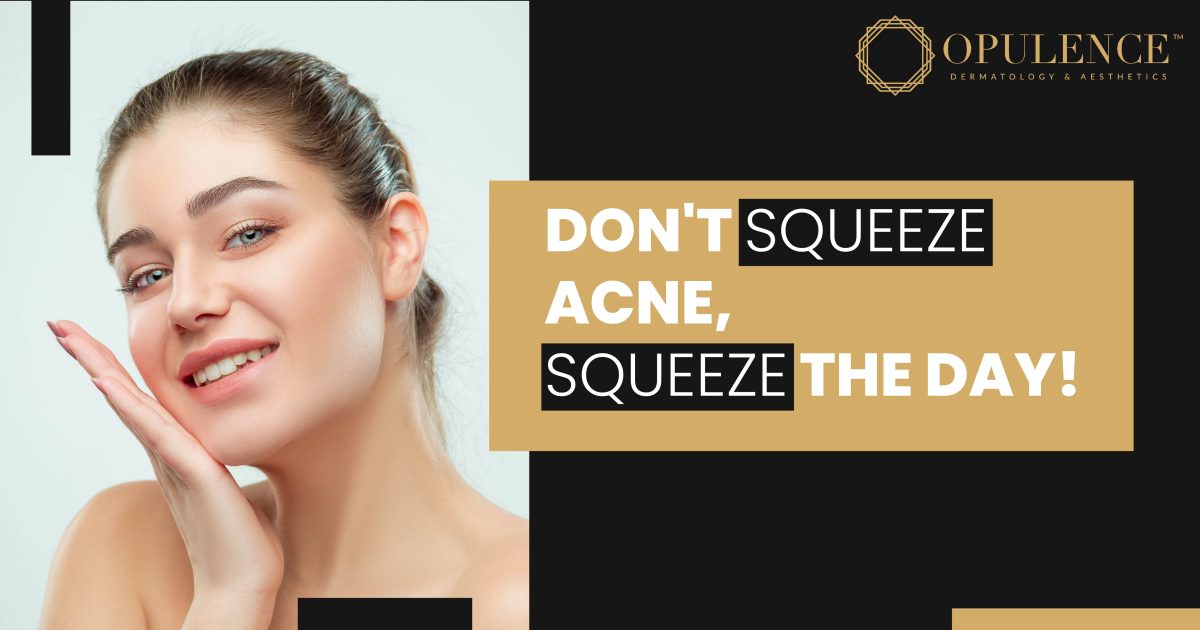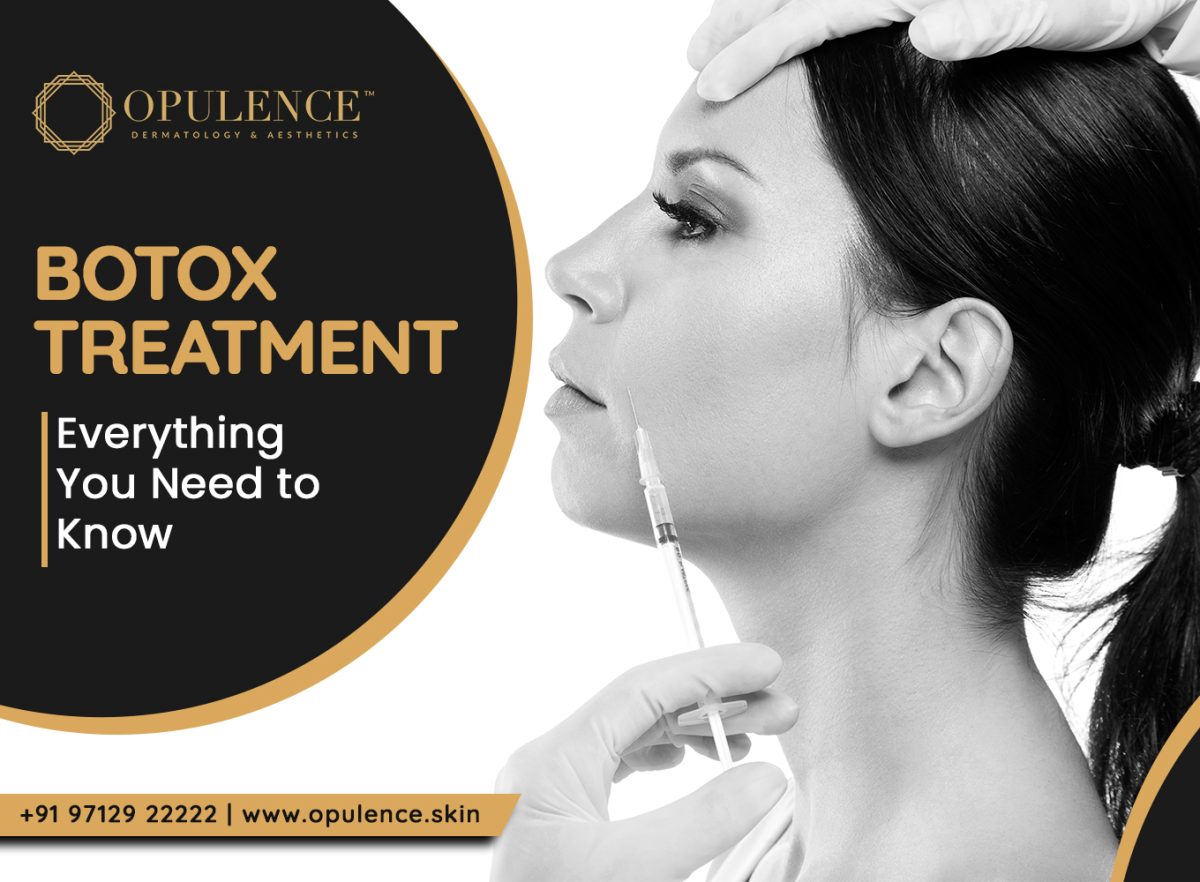Have you been noticing the part of your skin changing color lately?
Are you confused about how to proceed with it?
Worry not, you will find all your answers on this blog.
This sudden change might not seem like a big deal at first glance.
However, it can escalate to an extreme level if not handled correctly.
The best dermatologist can assist you and help you better understand your problem.
Opulence Dermatology & Aesthetics will help you look deep into this problem before it’s treated.
There are a variety of factors that lead to skin pigmentation.
And also causes you a variety of stress.
It can be mentally difficult to deal with at first.
But as you get to know your problem, you will know what steps to take and what treatment you go for.
So let’s not wait anymore.
Table of Contents
- What is Skin Pigmentation?
- Skin Pigment Disorders/Discoloration
- Treatment of Skin Pigmentation
- A Word From Opulence Dermatology & Aesthetics…
What is Skin Pigmentation?
The change in the color of your skin due to melanin production is skin pigmentation.
Your skin tone is the product of a complex process in which melanocytes generate melanin.
Melanocytes are special cells found in the outer layer of your skin
Melanin is a pigment, dark brown or black in color and is found in human skin, hair, and the iris of the eye.
It is what gives them a unique color.
Melanosomes are organelles or mini-organs found inside these unique melanocytes.
The number, size, and functioning of these small melanin factories determine the color of your skin.
Your body’s melanin production may cause your skin to become darker or lighter.
Some pigmentation disorders only affect small areas of the skin.
Others have an impact on your entire body.
- Eumelanin is a brown and black substance.
It protects your skin by reducing the amount of damaging ultraviolet (UV) rays it receives.
These rays can get through and collect reactive oxygen radicals.
And if these oxygen radicals are left unchecked, they can damage your cells and DNA.
And, can also lead to chronic health problems like cancer.
- Pheomelanin, on the contrary, is yellow and red in color.
Unlike eumelanin, pheomelanin offers minimal UV protection.
But, it may even encourage the development of reactive oxygen radicals and the resulting damage.
The balance of various forms of melanin in your skin determines your skin pigmentation.
This varies depending on various factors, like,
- Interactions with other cells in your body,
- Ethnic variation, genes and geographical location
- Environmental factors like sun exposure and pollution
- Your skincare
- Diet, and nutrition
Trigger shifts in the balance of melanin can cause different types of discoloration, also called skin pigment disorders.
Let’s take a look at them.
Skin Pigment Disorders/Discoloration
Your skin can lighten, darken, or change color due to pigment disorders, accidents, or other changes in your body.
You may notice changes in your skin tone across the entire surface of your skin or only in specific regions.
1. Hyperpigmentation
Hyperpigmentation is the cause of skin to darken.
When there is an excessively high amount of melanin or other pigments, hyperpigmentation occurs.
It can:
- appear in small patches.
- cover huge areas of your skin
- impact and spread through the whole body
In most cases, increased pigmentation is not that harmful or painful.
But, it could be a sign of underlying health conditions that you need to get checked for.
Opulence Dermatology & Aesthetics can assist you before it’s too late to diagnose it.
Let’s take a look at some common types of hyperpigmentation disorders.
- Melasma
Hormonal changes are thought to be the cause, and it can occur during pregnancy.Hyperpigmentation can affect any part of the body, but it most typically affects the stomach and face.
- Post-inflammatory hyperpigmentation
Post-inflammatory hyperpigmentation is a type of transitory pigmentation that occurs after a skin injury.Such as a heat burn or an inflammatory illness.
Damage to the epidermis and/or dermis causes melanin deposition inside the keratinocytes, also known as skin cells.
This is what results in post-inflammatory hyperpigmentation.
- Sunspots
Sunspots, also known as liver spots or solar lentigines, are a common occurrence.They’re linked to long-term overexposure to the sun.
They usually emerge as patches on sun-exposed areas such as the hands and face.
Various factors influence your skin to darken and are as crucial as the types of hyperpigmentation.
What causes hyperpigmentation disorders?
- Exposure to the sun
- Certain medications or drugs like birth control tablets
- Pregnancy
- Scars
- Acne scars
- Age spots
- Cryotherapy, laser therapy, or light therapy
- Addison’s disease
2. Hypopigmentation
When enough skin cells are not producing enough melanin, it causes your skin to lighten more than your overall skin tone.
It can either cover your body or occur as spots in many areas.
Melanin disruption can be caused by genetic and severe environmental conditions.
It’s important to identify the root cause before undergoing treatment.
And that is exactly what Opulence Dermatology & Aesthetics does.
There are various types of hypopigmentation that occur on your skin due to various causes.
Let’s understand these types a little better.
These are some of the most common conditions or types of hypopigmentation:
- Albinism
Albinism is characterized by exceedingly pale skin with little to no pigment.The hair may turn white and the eyes may turn bright blue due to this genetic disease.
Albino people are born with the disorder as a result of a genetic abnormality.
- Vitiligo
Vitiligo, like albinism, is characterized by lighter skin.However, rather than a general loss of color, this occurs in patches that cover your skin.
Vitiligo’s exact cause is unknown.
This disorder can cause lighter patches of skin to appear anywhere on the body.
- Tinea versicolor
Tinea (pityriasis) Versicolor is a fungal illness caused by an overabundance of yeast on the skin.Though it does not cause difficulties, the scaly areas that arise might be bothersome.
American Academy of Dermatology (AAD), states that this is one of the most common skin illnesses among people who live in tropical or subtropical countries.
Because these environments enable the fungus to proliferate.
If you sweat a lot or have oily skin, you may be more susceptible to tinea versicolor.
- Pityriasis alba
Pityriasis alba refers to white areas that remain after prior episodes of red, scaly, and rough skin patches have healed.Over time, this condition usually heals on its own.
Pityriasis alba has no known etiology, though it is assumed to be associated with eczema.
This is a condition that some children develop as adults.
Reduction in melanin production can be caused by a number of factors.
Some of them are hereditary diseases that cause lighter skin all over the body.
Others, such as burns, are linked to earlier injuries.
Hypopigmentation caused by an accident can also evolve into a secondary disorder.
Some of these causes of hypopigmentation are:
- Skin infections
- Healed blisters
- Scars
- Burns
- Psoriasis
- Dermatitis
In order to cure hypopigmentation caused by rashes, you must first treat the illnesses that produced the rashes in the first place.
Your doctor will prescribe appropriate antifungal or antibiotic drugs for fungal or bacterial infections.
And then you can make a visit to a dermatologist for treatment.
Treatment of Skin Pigmentation
Are you wondering if pigmentation can be removed?
Skin discolorations are treated differently depending on the reason.
Certain types of skin discoloration can be treated with over-the-counter products, while some skin conditions require continuous care from a dermatologist.
- Topical treatment
Lightening creams are OTC (over-the-counter) treatments that use a combination of chemicals to help reduce pigmentation.Flat spots, such as melasma or age spots, are best treated with lightning creams or gels.
They work well for discolored areas on most skin types.
Face acids, also known as skin acids, exfoliate or shed the top layer of your skin.
When you exfoliate your skin, fresh skin cells replace the ones that have been removed.
The procedure helps to balance out your skin tone and smooth it out.
For mild hyperpigmentation and fairer skin.
Your doctor may give you topical steroids to help with discoloration or to add color to lighter skin.
When there is dryness and irritation, as well as hypopigmentation, a moisturizing lotion may be utilized.
When applied daily, a topical preparation containing coal tar has been shown to assist vitiligo patients.
However, it must be prescribed by a licensed medical expert.
- Dermabrasion
Dermabrasion removes your epidermis, but its effects extend to a portion of your dermis as well.Microdermabrasion can be performed as well for superficial scars because it only affects the epidermis.
In both the procedures, the dermatologist uses a wire brush or other abrasive attachment to a drill-like portable instrument.
It is moved across the skin gently yet rapidly to remove the epidermis.
- Chemical peels
A chemical peel treats the chosen area of skin with acids in higher concentrations.They remove the epidermis to lessen the appearance of hyperpigmentation.
Deeper versions may potentially reach your skin’s main layer (dermis) for more dramatic outcomes.
- Laser resurfacing or therapy
To minimize hyperpigmentation, laser resurfacing therapy uses targeted light beams.They destroy elements in your skin for new skin cells to grow back which are more toned.
Ablative and non-ablative lasers are the two types of lasers.
The strongest lasers are ablative lasers, which remove layers of your skin.
Non-ablative techniques, on the other hand, focus on the dermis to encourage collagen production and tightening.
A Word from Opulence Dermatology & Aesthetics…
Any change in skin tone might be alarming or distressing.
It’s natural to feel concerned, ashamed, or frustrated about having to cope with skin damage or a chronic skin condition that causes you to change your look.
In such situations, don’t hesitate to reach out to a dermatologist who can provide you with proper medical attention and personal care.
Finding such a dermatologist can feel like a needle in a haystack.
But, Opulence Dermatology & Aesthetics personally helps you cope up with your conditions and encourages your aesthetic requirements.
Your time and your dermatological issues are valuable to us, and we will stay with you at every step.
Let’s try not to lose confidence or hope; book a consultation today!

